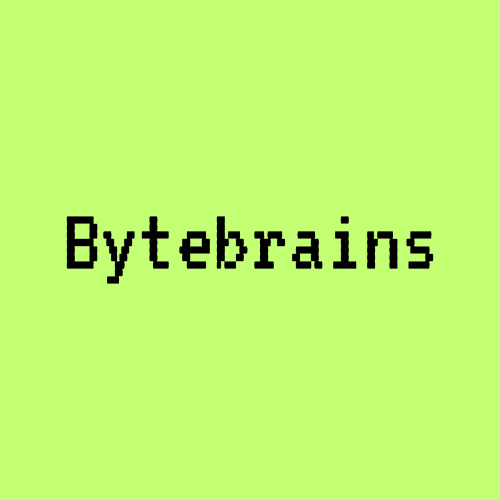Computer vision is one of the most transformative technologies of our time, enabling machines to interpret and make decisions based on visual data. Whether it’s in healthcare, retail, or automotive industries, this technology is revolutionizing the way we interact with the digital world. But what exactly is computer vision, and how does it work? This guide will explore the details of computer vision, diving into its inner workings, real-world applications, and its future potential.
What is Computer Vision?
Computer vision is a branch of artificial intelligence (AI) that enables computers to interpret and understand the visual world. Through algorithms and deep learning models, machines are able to analyze images, recognize objects, and make decisions based on visual inputs. In essence, computer vision allows computers to see, process, and act upon visual data in ways that mirror human vision.
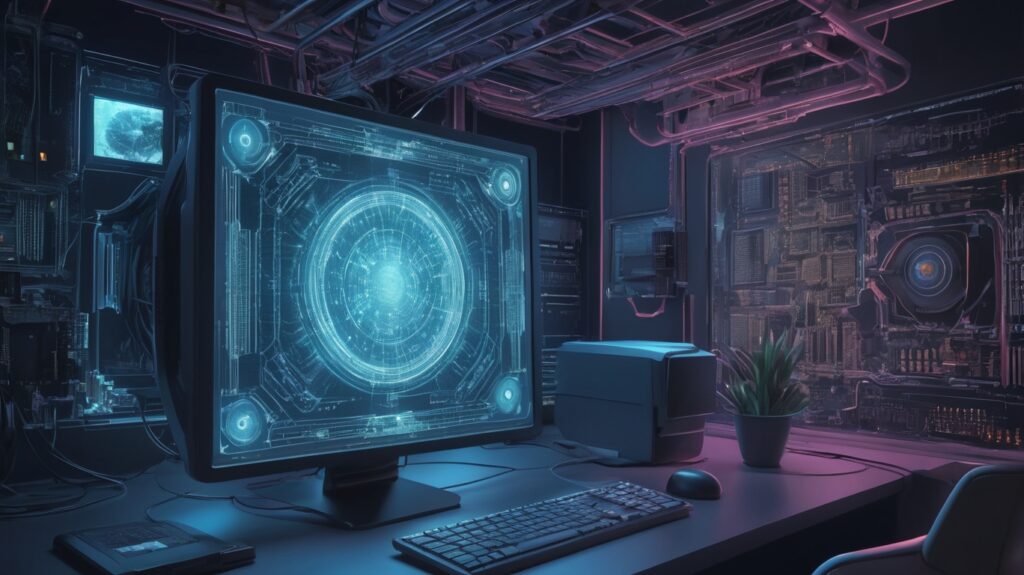
Key Tasks in Computer Vision
These tasks form the backbone of many computer vision applications, from medical imaging to autonomous vehicles.
The Role of Machine Learning in Computer Vision
Machine learning plays a pivotal role in making computer vision systems more intelligent and adaptive. Traditional computer vision techniques relied on hand-crafted features and rules. However, machine learning, especially deep learning, has transformed the field by enabling systems to learn from vast amounts of data.
Deep Learning in Computer Vision
Deep learning models, particularly convolutional neural networks (CNNs), are now the standard for most computer vision tasks. CNNs mimic the way the human brain processes visual information by passing images through layers of filters that automatically learn to detect edges, textures, and ultimately, complex objects like faces or vehicles.

Benefits of Deep Learning in Computer Vision
Image Recognition: The Core of Computer Vision
Image recognition is the task of identifying and classifying objects within an image. This is one of the most basic yet powerful applications of computer vision, forming the foundation for other more advanced tasks like facial recognition or video analysis.
How Does Image Recognition Work?
Image recognition uses machine learning algorithms to process images pixel by pixel. By analyzing the pattern of pixels, these algorithms can detect objects and categorize them based on predefined classes. For instance, in a system trained to recognize animals, it could label images as “cat,” “dog,” or “bird.”

Applications of Image Recognition
Facial Recognition: A Popular Application of Computer Vision
Facial recognition is one of the most well-known applications of computer vision, used widely in security, authentication, and social media platforms. It works by analyzing the unique features of a person’s face, such as the distance between the eyes or the shape of the nose.
How Facial Recognition Works
Facial recognition systems use a process called feature extraction. This involves detecting key points on the face and converting them into a numerical code, often referred to as a “faceprint.” This code is then compared against a database of known faceprints to identify or verify a person’s identity.
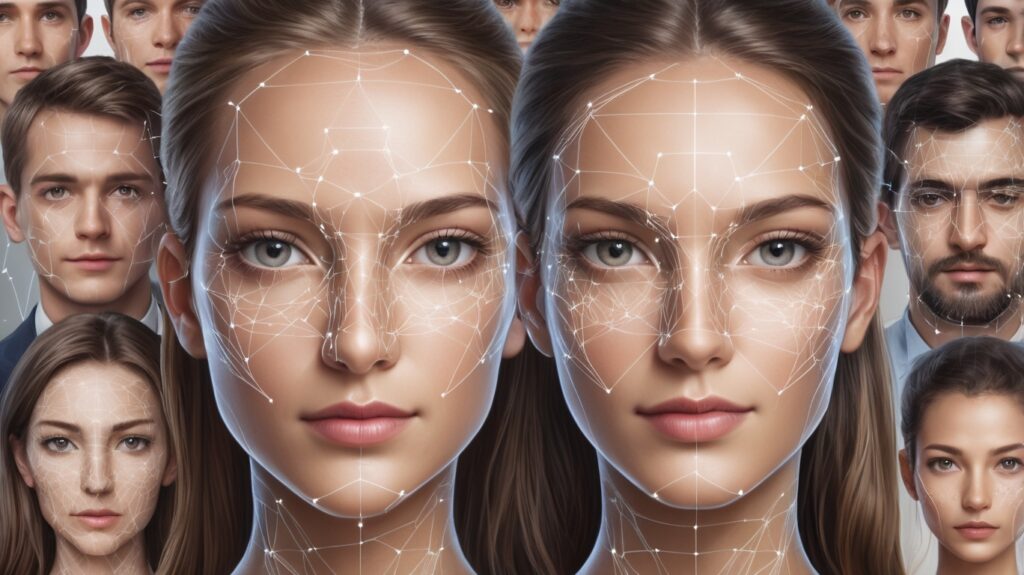
Real-World Uses of Facial Recognition
Ethical Concerns in Facial Recognition
While facial recognition has numerous benefits, it also raises ethical questions. Privacy advocates argue that widespread use of facial recognition could lead to mass surveillance and unauthorized tracking of individuals. Additionally, studies have shown that facial recognition algorithms may have biases, particularly in recognizing people of different ethnic backgrounds.
Computer Vision in Healthcare
Computer vision is making significant strides in healthcare, where it is being used to analyze medical images, assist in surgeries, and even predict patient outcomes. One of the most promising areas is in medical imaging, where computer vision systems can detect diseases at earlier stages than human doctors can.
Medical Imaging and Computer Vision
In medical imaging, computer vision is used to analyze X-rays, MRIs, and CT scans to detect abnormalities like tumors or fractures. AI models are trained on thousands of images to recognize patterns that indicate diseases, allowing for faster and more accurate diagnoses.
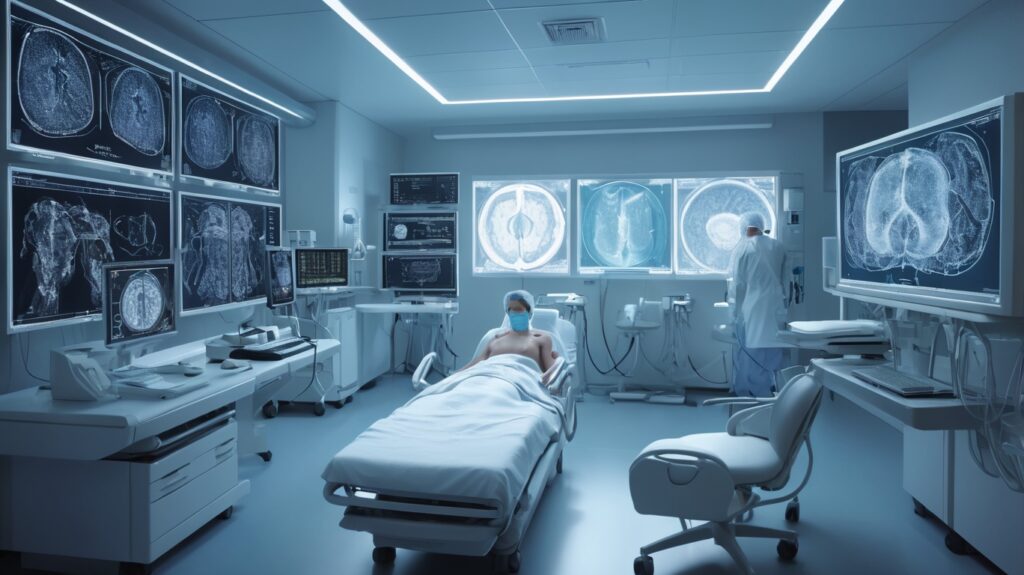
Benefits of Computer Vision in Healthcare
Robotic Surgery and Computer Vision
In robotic-assisted surgeries, computer vision helps improve the precision of surgical tools. By providing real-time visual feedback, the system assists surgeons in navigating complex procedures, reducing the risk of human error.
Object Detection: Identifying Multiple Objects in Images
Object detection is a more advanced version of image recognition. It not only identifies objects within an image but also locates them by drawing bounding boxes around them. This technology is crucial in many real-world applications, such as autonomous driving and video surveillance.
How Object Detection Works
Object detection systems use a combination of deep learning and image processing techniques. The system divides the image into regions and applies filters to detect the presence of objects. Modern object detection models like YOLO (You Only Look Once) can process images in real-time, making them ideal for applications where speed is critical.
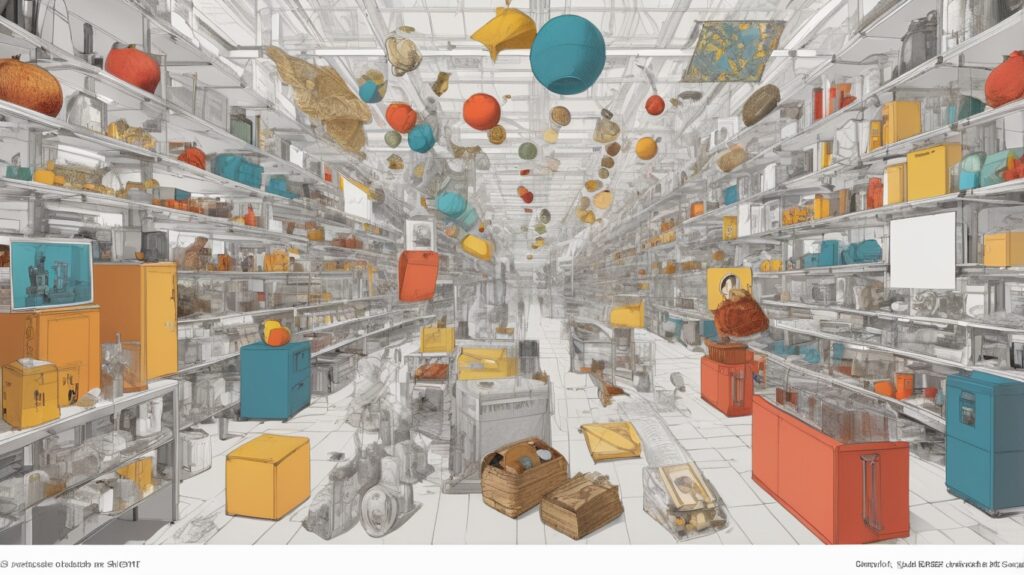
Applications of Object Detection
Autonomous Vehicles and Computer Vision
One of the most exciting applications of computer vision is in autonomous vehicles. For a self-driving car to navigate safely, it needs to “see” its surroundings and make decisions based on visual data. Computer vision systems in autonomous vehicles are responsible for tasks such as lane detection, obstacle avoidance, and traffic sign recognition.
How Computer Vision Powers Self-Driving Cars
Autonomous vehicles are equipped with multiple cameras that capture real-time visual data from the environment. This data is then processed using computer vision algorithms to identify obstacles, traffic signals, pedestrians, and other vehicles. The system uses this information to navigate the road and make decisions about speed, direction, and braking.
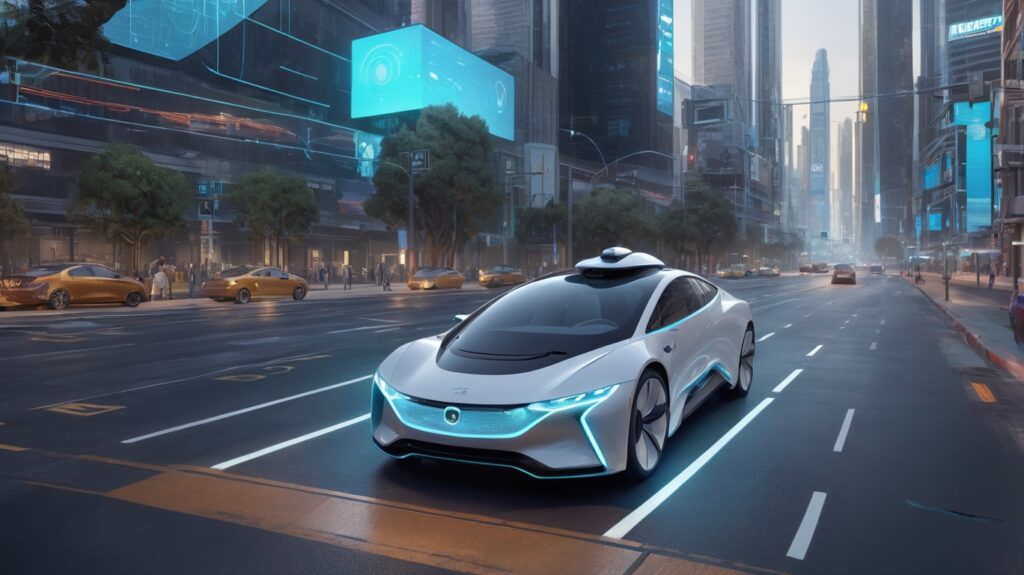
Challenges in Autonomous Driving
Deep Learning and Convolutional Neural Networks (CNNs) in Computer Vision
Deep learning, particularly the use of convolutional neural networks (CNNs), is the backbone of modern computer vision. CNNs are designed specifically for processing images, using layers of filters to automatically detect features such as edges, textures, and shapes.
How CNNs Work in Image Processing
CNNs are composed of several layers, each designed to process different aspects of an image. The first layer might detect edges, while the next layer combines these edges to detect shapes. Further layers will identify higher-level patterns, such as faces or vehicles.
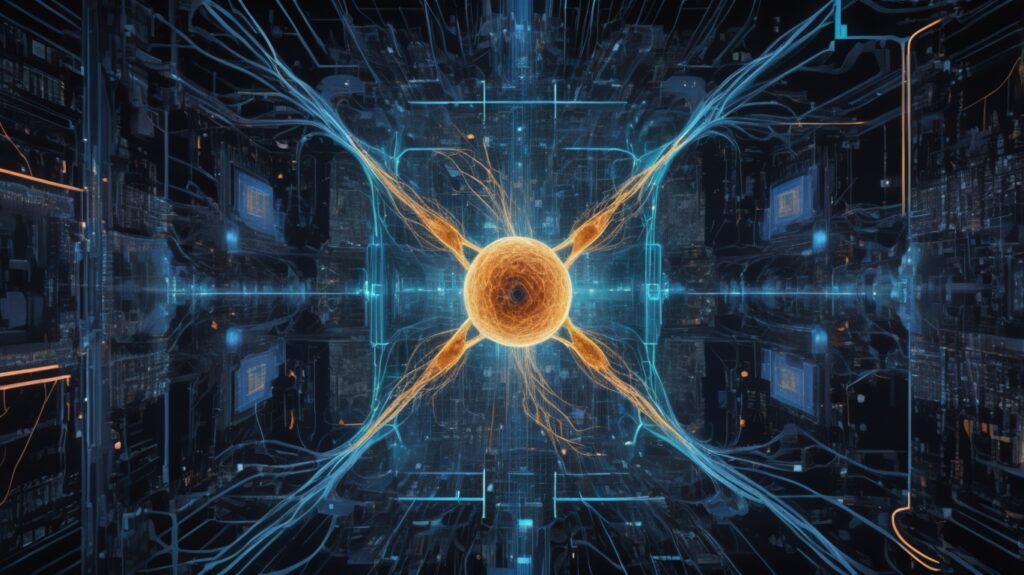
Advantages of CNNs in Computer Vision
Edge Computing and Computer Vision
With the rise of computer vision applications, the need for real-time processing has grown. Edge computing addresses this need by processing data closer to where it is collected, reducing latency and improving the speed of decision-making.
Importance of Edge Computing in Vision Systems
In applications like autonomous driving or industrial robotics, real-time processing is critical. Edge computing allows visual data to be processed on-site or at a nearby server, reducing the delay caused by sending data to a centralized cloud.
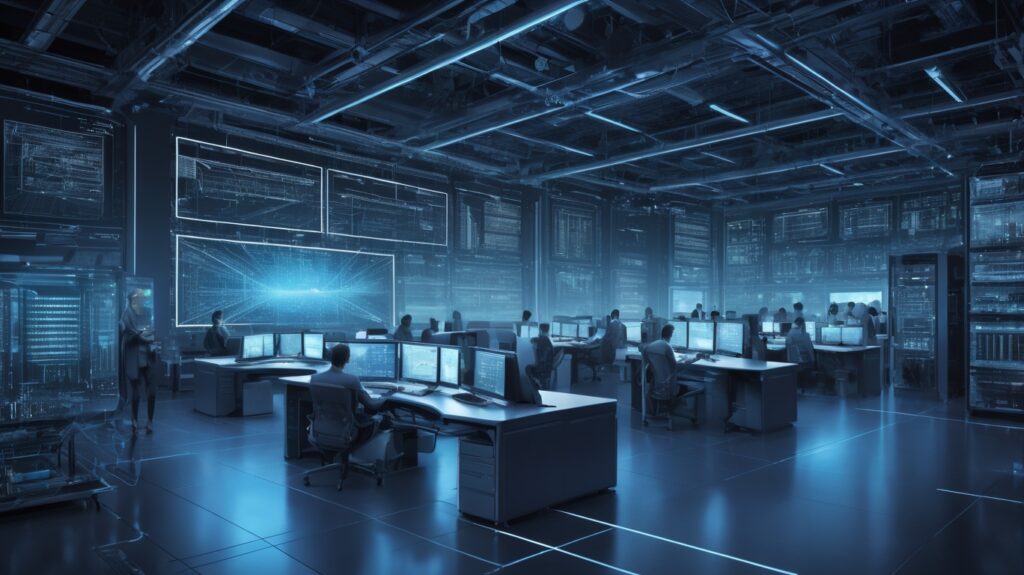
Benefits of Edge Computing in Computer Vision
The Future of Computer Vision: Trends and Innovations
The field of computer vision is rapidly evolving, with innovations in areas like 3D vision, augmented reality (AR), and real-time video analysis. As algorithms improve and hardware becomes more powerful, the potential applications of computer vision will continue to expand.
3D Vision and Augmented Reality (AR)
3D vision allows computers to create three-dimensional models from 2D images, which has applications in industries such as construction, gaming, and healthcare. Augmented reality, on the other hand, combines real-world environments with digital overlays, creating immersive experiences for users.

Future Challenges and Opportunities
FAQs
What is computer vision used for?
Computer vision is used for analyzing visual data in applications like facial recognition, autonomous vehicles, medical imaging, and more.
How does computer vision differ from human vision?
Computer vision relies on algorithms and machine learning to analyze images and videos, processing data faster and more accurately than the human eye.
Can computer vision work without machine learning?
While traditional systems can function without machine learning, modern computer vision relies heavily on machine learning for tasks like object detection and image classification.
What are the ethical concerns surrounding facial recognition?
Concerns include privacy violations, potential misuse for surveillance, and bias in recognizing individuals of different ethnicities.
How does computer vision enhance healthcare?
Computer vision improves healthcare by enabling faster and more accurate diagnoses, assisting in surgeries, and analyzing medical images for disease detection.
What is YOLO in computer vision?
YOLO (You Only Look Once) is an algorithm used for real-time object detection, identifying objects in images with high speed and accuracy.
